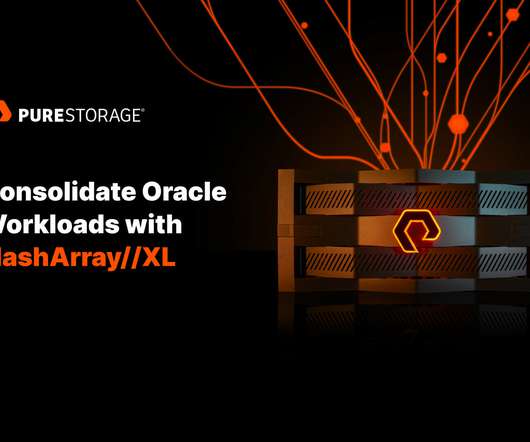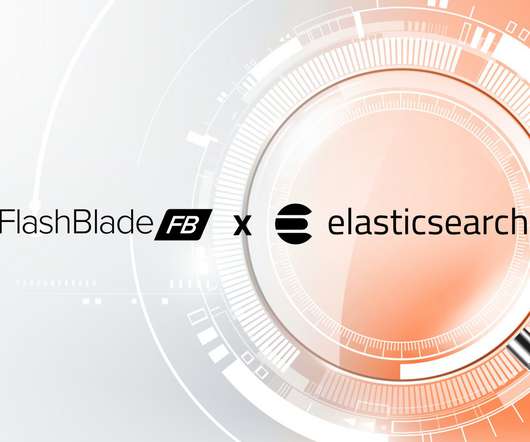IOPS vs. Throughput: Why Both Matter
Pure Storage
FEBRUARY 15, 2023
It’s a standard performance benchmark for solid-state drives, hard drives, flash drives, and network attached storage (NAS) devices. Equally important is to look at throughput (units of data per second)—how data is actually delivered to the arrays in support of real-world application performance. So in short, you should use both.













Let's personalize your content